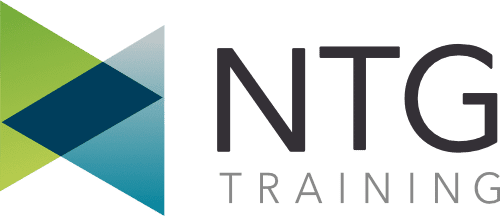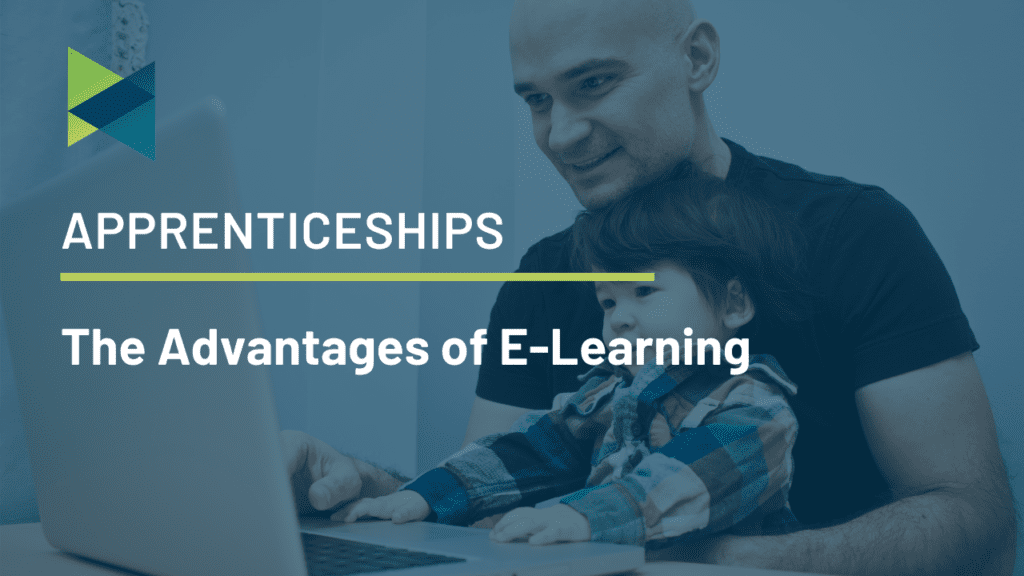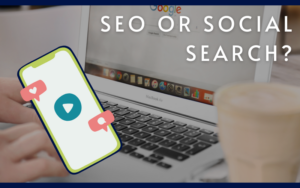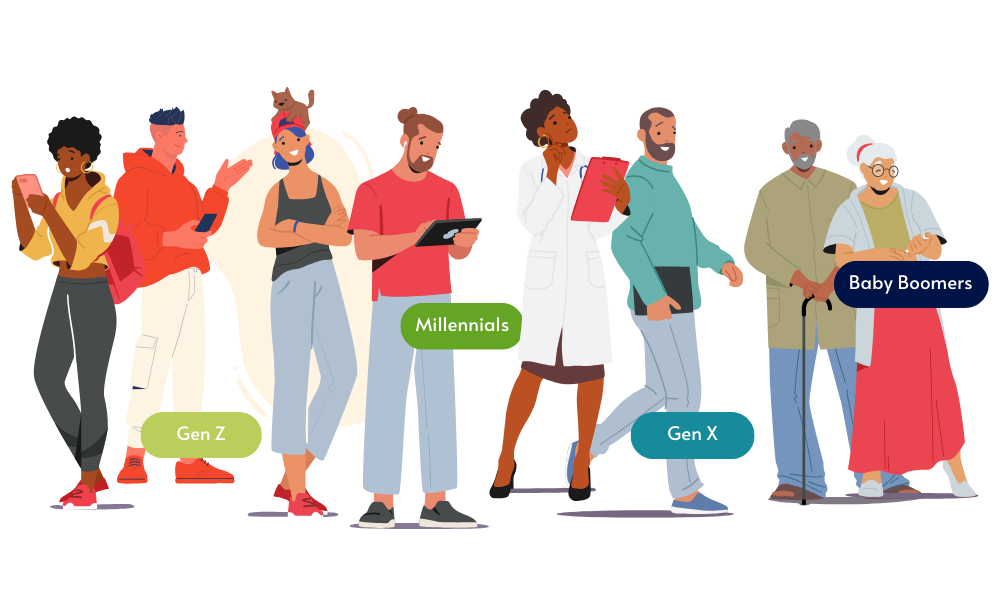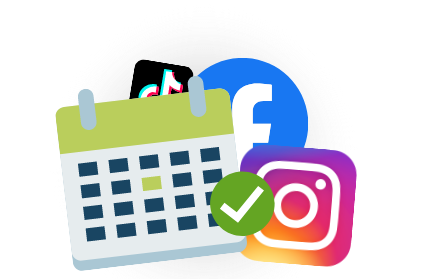The 2020 pandemic caused a radical shift in every industry towards digital platforms. Shoppers now shop online, takeaways come via app, meetings are virtual and learning has become e-learning.
For years now, many education providers have noted the benefits and advantages of e-learning, and wanted to push towards this approach more heavily. However, from both the tutors and the learners, there has always been some element of resistance.

First of all, let’s get an understanding of what e-learning is. It involves:
- Digital meetings, like Zoom, Microsoft Teams and Skype.
- Online Learning Platforms. Usually online hubs where lessons and resources can be accessed.
- Webinars and Video Lessons. These can be pre-recorded or live.
- Interactive Quizzes. These allow learners to study via online quizzes and get instant results.
Traditionally, classes are in person, but many learning providers had already started to offer a blended model pre-COVID.
Lockdowns, travel restrictions and quarantines have now made e-learning the norm, and many who have been forced to use this model, are starting to see the distinct advantages.
So what was putting people off in the first place? To understand this, let’s review a few of the most common complaints.
What are the perceived disadvantages of e-learning?
The role of a teacher is, in part, to ensure a learner’s education is as accessible as possible, this is because people learn in different ways and often have difficulties if learning isn’t accommodating. Because of this, teachers often need to consider:
- Does a student have access to the technology required for e-learning?
- Will e-learning exacerbate any learning difficulties a student has?
- Will a student miss out on the social aspect of learning, and find it difficult to review their knowledge with their peers?
- Could connection issues and a student’s finances affect their ability to obtain a quality learning experience?
It’s important therefore, that learning providers do everything in their power to overcome these problems, by providing clear solutions. This might involve investing in technology and developing the course in an adapted way.
Overcoming Obstacles, to Highlight the Advantages of E-Learning
Education providers are starting to realise that e-learning is an important investment in the future of their establishment. It will futureproof their business and it makes their business model more flexible in the long run. Because of the economic challenges COVID-19 created, there is a distinct awareness that our society must be flexible to digital solutions.
To overcome the problems we’ve discussed above, learning providers may need to incorporate technology into their learning packages. Students in universities, schools and colleges may need to be assigned items such as a laptop or tablet from the get-go, if they don’t already have one.
This might involve a shift in thinking when it comes to the packages learning providers can offer, such as removing the costs associated with renting classrooms, and instead investing this in technology. This way course costs would remain similar to what they were, but students will still feel the courses are accessible.
In regards to helping students with accessibility issues, the good news is that technology is often a better way of delivering learning to these students. This is because through software, we can actually make learning programs adapt to the learner, and we can offer them a whole host of resources in different formats. For example, students can access a video version of a worksheet that was ordinarily just a paper copy. They can adjust text sizes, and even have the computer read out the content.
Students who have conditions such as dyslexia can have their screens adapted for ease of reading. Those who have autism can benefit from a quiet environment where they are not disrupted, and students with ADHD can access the lessons at any time when they need to review them.

The Advantages of E-Learning, In Summary
E-Learning is More Suitable for Students with Learning or Mental Health Issues
As we mentioned above, e-learning is more adaptable for a whole host of learning conditions. Not only that, it’s also ideal for students with mental health issues. Although many of us enjoy social contact, for learners who suffer with anxiety, classrooms can be a problem. This means they’ll often avoid learning opportunities where they are expected to publicly contribute. Going forward, when we are out of lockdown, we may be able to offer a choice of learning delivery models to students.
E-Learning Encourages Self-Guided Learning
With access to plenty of resources at all times, students who are part of e-learning courses can understand concepts at their own pace. This means they can review the most recent lesson’s topics whenever they need to. This suits those who need a little more time to go over things, but doesn’t hinder those who prefer a faster pace.
Students Can Access E-Learning From Anywhere
Being able to access learning resources from anywhere has advantages for employers, students and training providers too. Students can work with a larger variety of training providers, which enables them to study the exact course they’d like to. Employers can work with the best rated providers, wherever they are. Training providers can access a larger pool of talent and design courses that suit a variety of role structures.
E-learning Can Be Highly Refined
Using analytical data that isn’t available to classrooms, teachers can quickly assess how well their programme is being received. They can identify areas where students are struggling, and they can then review and refine these areas. This means over time, a course can become stronger and more beneficial.
E-Learning Is Great For Different Learning Styles
Visual learner? E-learning can provide a multitude of videos that assist with this. Auditory learner? Learning providers can offer downloads of lessons in mp4 format for revision. Social learner? E-learning can provide support for this by setting up social channels for learners to confer and discuss within. The great thing about e-learning, is that the past resources and lessons are never lost, so the course content becomes richer each year.
Do you prefer e-learning over classrooms? Do you think learning providers should maintain a blended model with classroom learning? Or do you prefer a good old fashioned classroom? Let us know and join in the conversation @ntgtraining !
